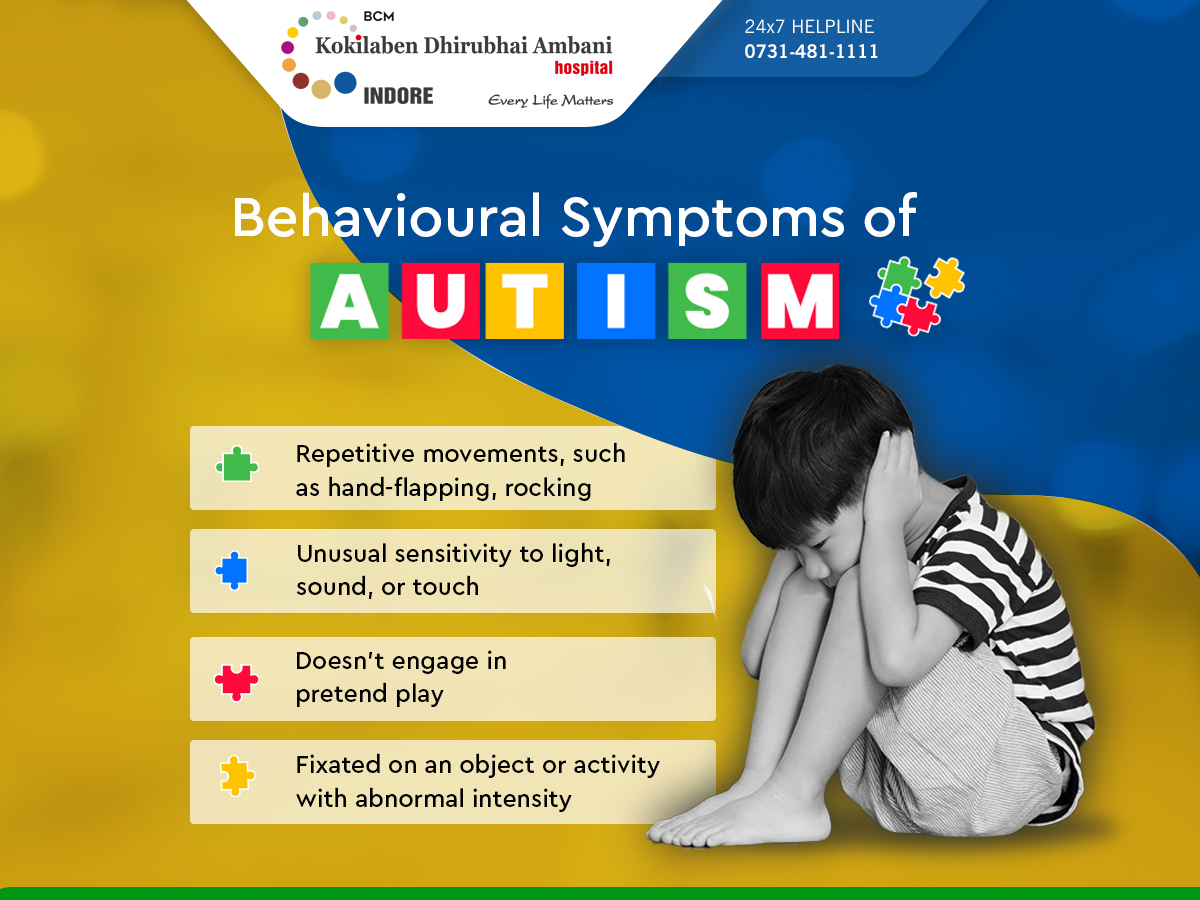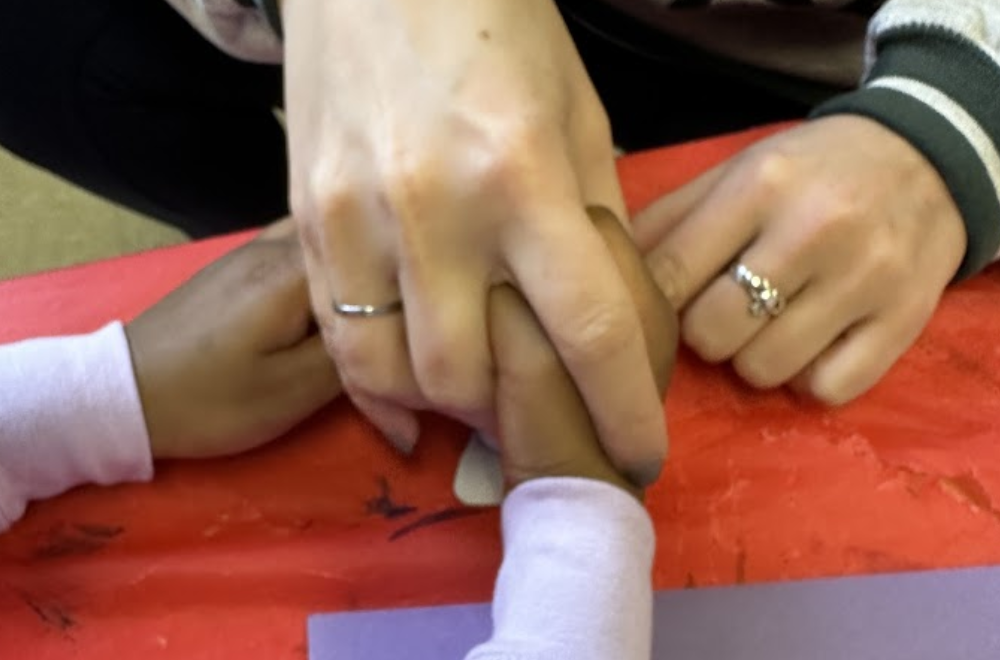7 Key techniques an Autism Spectrum Therapies provider can assist with daily interaction challenges
7 Key techniques an Autism Spectrum Therapies provider can assist with daily interaction challenges
Blog Article
Understanding the Impact of Behavioral Autism on Daily Life and Social Interactions
You could not realize how deeply behavioral autism affects day-to-day life and social communications. Individuals on the range often browse a globe filled up with communication obstacles and sensory overload. These difficulties can lead to irritation and seclusion, influencing their partnerships and general wellness.
Defining Behavior Autism and Its Qualities
Behavior autism, often described as autism spectrum problem (ASD), includes a range of problems defined by challenges in social communication, interaction, and repeated behaviors. You could notice that people with ASD commonly have a hard time to interpret social signs, which can bring about misunderstandings in discussions. They may find it difficult to establish eye contact or participate in small talk, making social circumstances really feel overwhelming.
Interaction difficulties can materialize in numerous ways, from delayed speech development to a choice for using fewer words. By identifying these traits, you can foster an environment that promotes acceptance and encourages reliable interaction, helping individuals with autism flourish in their everyday interactions.
The Range of Autism: Recognizing Irregularity in Actions
Autism spectrum problem (ASD) isn't a one-size-fits-all medical diagnosis; it differs extensively amongst people. You might run into individuals that are highly spoken and involve easily in conversations, while others might like singular tasks or interact non-verbally.
Moreover, the method individuals with ASD reply to sensory input can vary substantially; some could be overwhelmed by intense lights or loud noises, whereas others thrive in stimulating settings. The range also includes differences in social communications; some people may struggle to translate social hints, while others navigate social setups with loved one simplicity. Comprehending this variability is necessary, as it helps you value everyone's unique experience and dressmaker assistance to their specific requirements, promoting an extra comprehensive setting for everyone.
Interaction Challenges Encountered by Individuals With Autism
When you interact with people on the autism spectrum, you may notice their special communication obstacles. They often encounter troubles with both nonverbal and spoken cues, which can influence their social communications. Comprehending these barriers is important for cultivating better links and assistance.

Verbal Interaction Difficulties
Many people on the autism range experience verbal interaction difficulties that can considerably affect their day-to-day communications. You may discover it testing to reveal your thoughts, sensations, or requires plainly. This can lead to frustration for both you and those around you, as misconceptions occur. You might deal with initiating conversations, preserving a subject, or recognizing subtleties in speech. Typically, you may favor using easy language or recurring expressions, which can limit your capacity to take part in deeper conversations. Your tone, volume, or pace may not straighten with social assumptions, causing others to misunderstand your objectives. Recognizing these challenges can aid you and your support network create techniques to enhance communication and cultivate much better links with others in your day-to-day life.
Nonverbal Interaction Barriers
Spoken communication isn't the only obstacle people on the autism spectrum face; nonverbal communication obstacles can be simply as considerable. These obstacles can lead to misunderstandings or false impressions of social cues, making communications really feel overwhelming or complicated. By addressing nonverbal communication, you can find approaches to improve your social experiences and improve your total top quality of life.
Social Communication Impacts
Social communications can often feel frustrating due to the special interaction challenges encountered by individuals with autism. Recognizing these obstacles can aid you find techniques to improve communication, such as practicing social abilities in risk-free settings or making use of aesthetic help. Understanding your demands enables you to browse social interactions with better confidence and convenience.
Social Interaction and Relationship Structure in Autism
While building partnerships can be challenging for people with autism, comprehending their one-of-a-kind viewpoints and communication designs can foster meaningful links. You may discover that many individuals on the range like straight communication and might battle with social cues or little talk. By being uncomplicated in your communications, you can aid produce a setting where they feel comfy.
Make the effort to observe and listen just how they express themselves. This insight can guide you in guiding conversations a lot more efficiently. Taking part in shared interests can also work as a bridge to much deeper links. Whether it's a leisure activity, a favorite show, or a shared interest, these usual strings can open up doors to relationship.
Day-to-day Live Regimen: Browsing Challenges and Approaches
Navigating every day life regimens can be specifically testing for people with autism, specifically when unanticipated modifications happen. You could find comfort in having a structured timetable, as it aids you anticipate what's next. It's typical to feel overloaded or nervous when interruptions happen. To browse these obstacles, consider implementing aesthetic timetables or lists. These tools can provide clarity and reassurance.
Establishing a regimen that consists of sensory breaks can likewise be valuable. You can plan time-outs throughout your day to recharge. It's necessary to communicate with those around you, allowing them know your needs and choices. This aids produce an understanding setting.
Finally, practice mindfulness methods to manage stress and anxiousness. Easy breathing workouts or basing techniques can make a substantial distinction. By incorporating these strategies, you can boost your everyday routine and reduce disruptions, making life really feel a lot more manageable.
Staminas and Capacities of Individuals on the Autism Spectrum
Comprehending daily life regimens is simply one facet of the autism experience. Numerous individuals on the autism spectrum get more info possess exceptional staminas and capacities that establish them apart.
Moreover, your memory skills usually beam, especially in areas of rate of interest. Aba Therapist Near Me. This knack for retaining info can make you a useful resource in fields like art, scientific research, or technology. You might additionally show solid visual thinking, allowing you to envision complicated ideas and resolve problems creatively
In addition, your one-of-a-kind point of view on the world can foster compassion and understanding in others, enhancing social interactions. Welcoming these toughness not only boosts your self-confidence however likewise helps others value the diverse abilities you offer the table.
Creating Comprehensive Atmospheres for Individuals With Autism
Developing inclusive settings for individuals with autism begins with creating sensory-friendly spaces that accommodate their one-of-a-kind needs. You can also cultivate opportunities for social communication, helping to develop connections and relationships. By making these adjustments, you'll add to a much more inviting environment for everyone.
Creating Sensory-Friendly Spaces
While designing sensory-friendly spaces, it's important to reflect on the unique demands of individuals with autism. Integrate peaceful zones where people can pull away and reenergize when overwhelmed. Include aesthetic timetables or clear signs to assist individuals navigate the room with confidence.
Advertising Social Communication Opportunities
Creating sensory-friendly areas not just addresses individual convenience but likewise sets the stage for purposeful social interactions among individuals with autism. Encourage peer mentoring, combining people with autism with helpful peers that can direct them via social situations. By carrying out these approaches, you can improve social opportunities, aiding people with autism build friendships and reinforce their social skills in a risk-free, inviting setting.

Regularly Asked Questions
How Can Buddies Assistance A Person With Behavioral Autism?
You can sustain a friend with behavioral autism by holding your horses, paying attention proactively, and valuing their borders. Involve in tasks they enjoy, communicate openly, and create a comfortable atmosphere where they feel valued and comprehended.
What Resources Are Offered for Moms And Dads of Kid With Autism?
You can discover different resources for parents of youngsters with autism, consisting of support system, instructional internet sites, and neighborhood area services. Linking with other parents can likewise provide valuable understandings and shared experiences to assist navigate obstacles.
Can Behavioral Autism Modification Over Time?

Yes, behavior autism can change gradually. You might observe shifts in interaction, social abilities, and habits as your youngster grows. Early treatment and assistance typically play vital functions in these developing modifications.
Just How Do Sensory Sensitivities Influence Life?
Sensory level of sensitivities can make day-to-day experiences overwhelming. You may struggle with intense lights or loud noises, causing tension or avoidance. Locating environments that fit your requirements can substantially improve your comfort and general day-to-day life.
What Prevail Misconceptions Concerning Behavioral Autism?
You may believe behavioral autism only impacts interaction abilities, but it's more complex. Numerous think individuals lack empathy or intelligence, which isn't true. Comprehending these misunderstandings assists foster approval and support for those on the spectrum.
Behavioral autism, commonly referred to as autism range problem (ASD), incorporates an array of problems identified by obstacles in social communication, interaction, and recurring actions.Social communications can usually really feel frustrating due to the one-of-a-kind interaction obstacles encountered by people with autism.Designing sensory-friendly rooms not just addresses private convenience however likewise sets the stage for meaningful social interactions amongst individuals with autism. Motivate peer mentoring, matching people with autism with encouraging peers who can guide them with social scenarios. By applying these strategies, you can boost social possibilities, assisting individuals with autism construct relationships and enhance their social skills in a secure, welcoming environment.
Report this page